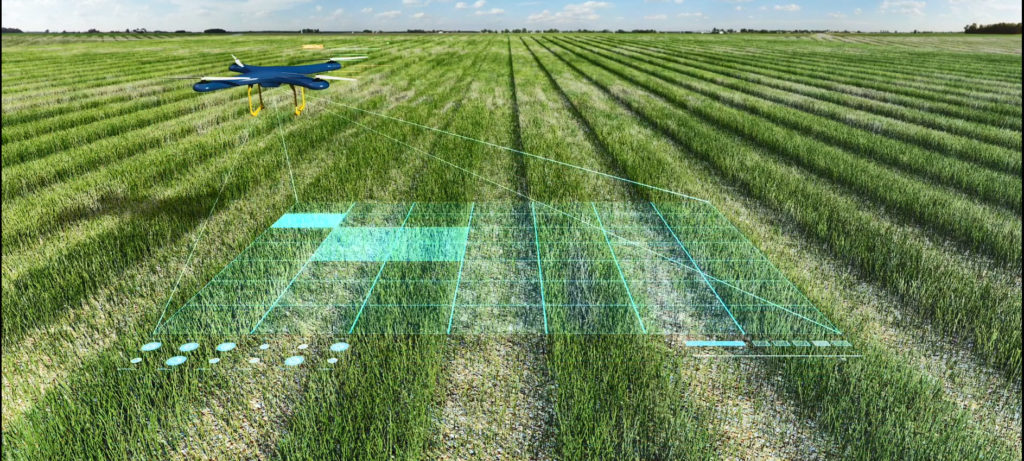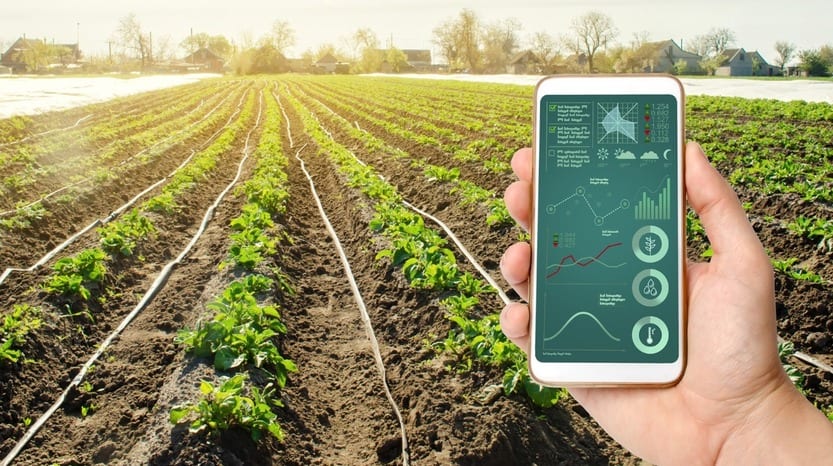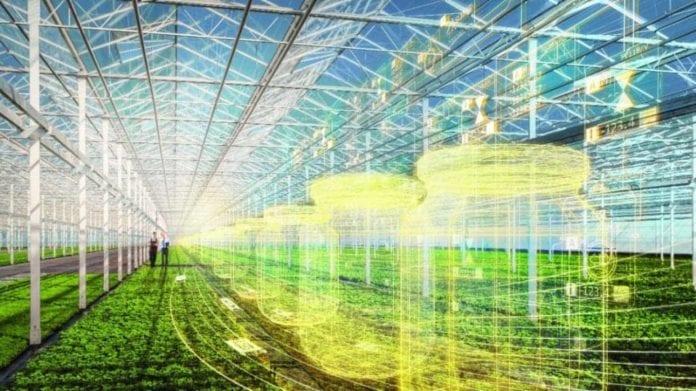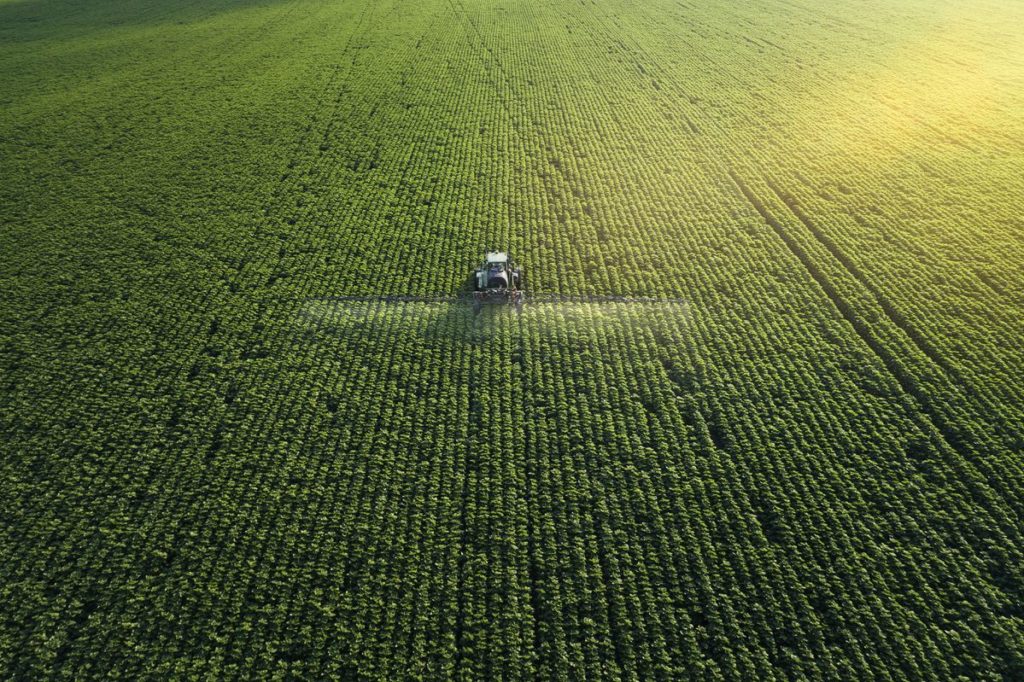Artificial Intelligence-based agricultural tech products are all set to enter the farming sector, especially after the recent reforms allowing private investments in the industry. During the inauguration of the “Responsible AI for Social Empowerment Summit 2020”, Prime Minister Narendra Modi said, “I see a big role for AI in empowering agriculture, healthcare, education, creating next-generation urban infrastructure and addressing urban issues.”
India’s agricultural exports had risen to $37.4 billion in 2019, and with further advancements in technology, is all set to soar higher. Disruptive technologies like AI are the biggest contributor to this massive growth. Globally, AI-based tech solutions reached a total valuation of $852.2 million in 2019, and this number is expected to grow to $8.38 billion in 2030. This reflects an average of 23 per cent growth each year.
Agriculture continues to be India’s third-largest contributor to the GDP. It employs approximately 49 per cent of the workforce, and any improvement in this sector will greatly impact the lives of many. The humungous task of ensuring that the agricultural supply chain runs smoothly requires some amount of technological intervention.
India is faced with multiple challenges when it comes to this sector. The yield depends very heavily on rainfall, is resource-intensive, degrades with loss of soil fertility, and is overall very reliant on external, unpredictable factors. Usage of sensors, photographs taken by drones, IoT devices, are all forms of agricultural data which can be collected and matched with weather/soil health data. They can then be used to build predictive models that greatly influence the usage of pesticides and seeds.
The predictive models can also be accessed by farmers to enlighten them on market patterns, demand changes and supply irregularities. It helps them plan ahead and reduce wastages. A majority of these AI models are low-cost and are capable of improving productivity. The AI-agro space is estimated to be about $4 billion dollars in worth by 2026.

A joint venture between the industry and government to create an AI-powered crop yield prediction model is a great example of an ongoing project. It provides real-time consultations to farmers. The system uses remote sensing data from ISRO, data from soil health cards, the Meteorological Department’s weather forecasts and analysis of moisture to make accurate predictions. It monitors crop productivity, soil fertility, predicts the right time to sow seeds, gives alerts for impending pest attacks and generally ensures smooth processes right from the source to the market.
Another AI startup uses data science and ML algorithms to assess damage to crops. It analyses what’s being grown, assesses the damage and calculates the compensation payable based on the extent of the damage. It makes these predictions with reasonably high accuracy.
Another startup collects data on the type of crop, the quantity of it and maps the location of the harvest. The need for this kind of data is immense, with seed suppliers, government agencies and seed insurers, all rooting for this sort of data to make a better business model. Farmers are also able to make better decisions on the kind of crops they should grow.

Data is creating platforms to ensure there are no malpractices with regards to pricing and that transparency is maintained. Drones are being used to guarantee hitch-free cultivation and harvesting.
These AI ventures need funds to scale, and the recent inclusion of the private sector into the agricultural world may just be conducive to this purpose. The recently concluded AI summit has helped provide stakeholders with an opportunity to chalk up a roadmap for using scaleable AI in all the good public sectors.
India contains vastly differing soil types, climates and topographies that create an environment where data is in abundance. This leaves scientists with a lot of information to create state-of-the-art ML models, which will not only aid India but can also be used globally. The numerous opportunities for AI in Indian agriculture make it home to an unparalleled sector capable of vast growth.
Further Reading –



